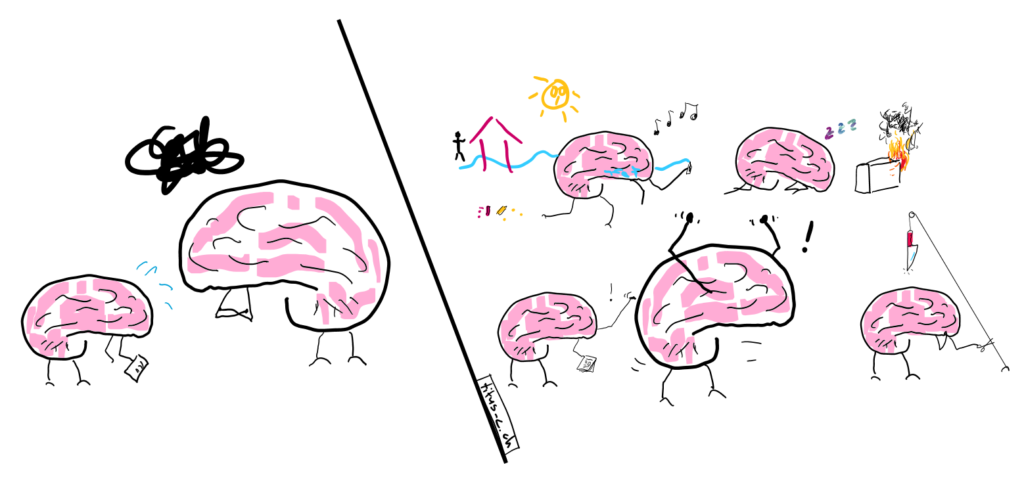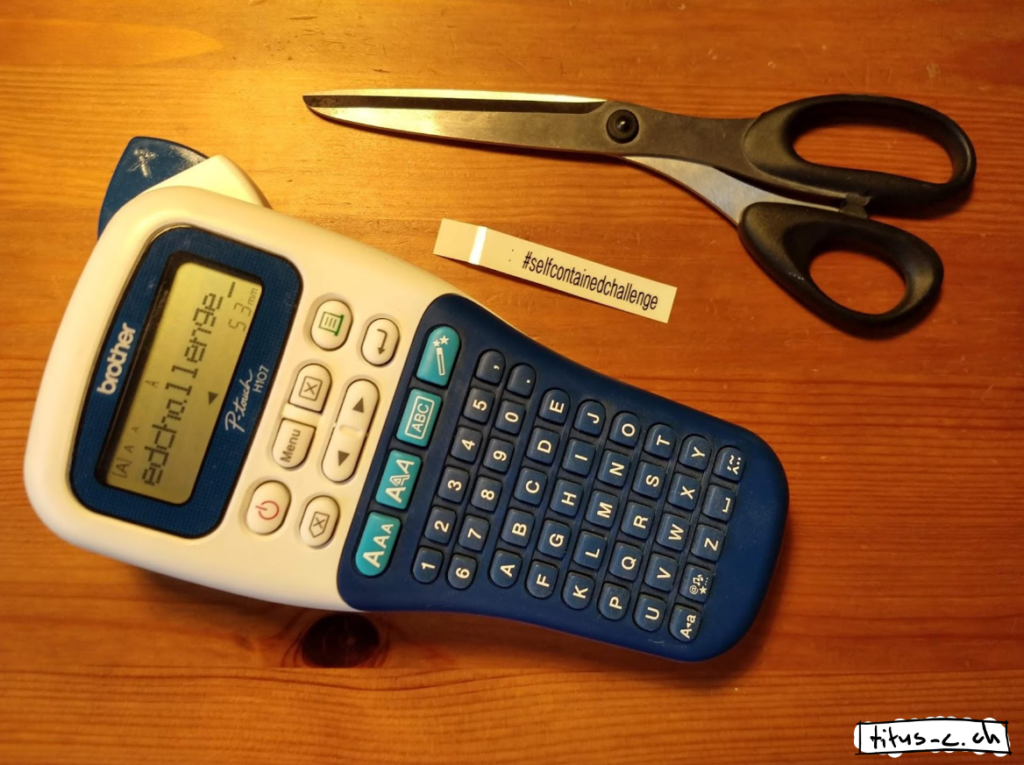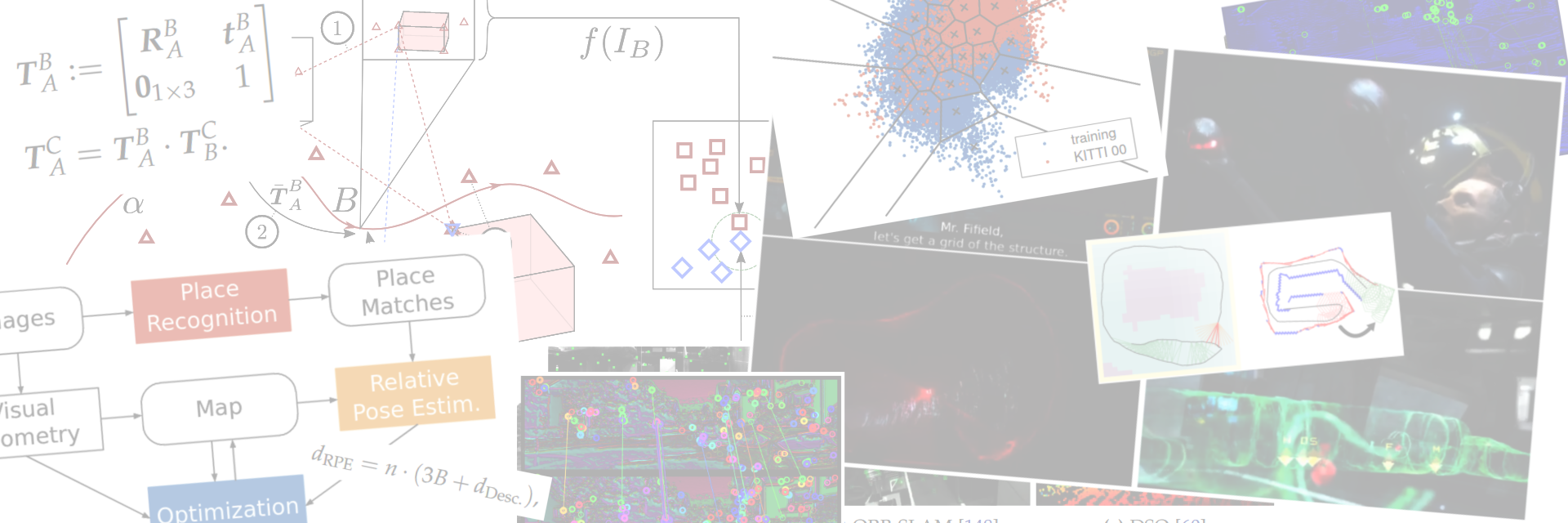
Time and attention are precious, and we should treat each others’ time and attention with respect. The 21st century has given us amazing tools for communication. However, our culture and behaviors haven’t quite caught up to them yet. I think we don’t yet have the proper etiquette to comfortably track the golden rule, “Treat others as you would like others to treat you”. Over the course of my Ph.D., I realized many things that I did “wrong” myself if I were to follow that rule. Here is a proposal for some rules that I would like to try. I think they might help communicate in a way that follows the golden rule, especially for respecting each others’ time and attention.
I really only focus on the mode of communication, not the content. If you’re interested in how to communicate in a pleasant way, there is other reading for that. Another big rule for content is: Don’t make it unnecessarily long. There is plenty of material on that for e-mails, papers, meetings, and likely much more.
Workplace communication
Always attach clickable links. Whatever is concerned, you probably already have a tab open with it. All you have to do is to copy and paste that link into the message. If you don’t, the other person will have to look for the thing you’re referring to. This not only costs time but also has a feeling of uncertainty attached to it: What if it will take me forever to find the thing? I might just procrastinate engaging with your message, and unless I’m well-organized, forget about it altogether. If you added some changes to a google doc, paste the link of the Google doc. If you opened a pull request, paste the link to the pull request. If you really liked a paper, share the arXiv link. Especially when broadcasting to multiple people, you should consider putting in some extra effort to make the content you want them to engage with accessible.
Don’t speak in shared offices. Especially not loudly! Unless, of course, you intend to talk to everybody. You will distract people. People might want to be focused. Take meetings to meeting rooms. Take phone calls outside. Use Slack for quick questions that can be answered with a quick response. Let’s not exaggerate with this one though, some workplace banter from time to time is also nice 😉.
A special note on Slack reaction emojis: they won’t appear as a notification. So don’t use them for situations where you want the other person to see your reaction (e.g. meeting or other confirmations). They are specifically designed for being ignorable.
Communicating with your advisor
Your advisor’s time is more valuable than your time. Accept it. If you send overly long messages, they might just not read it (all). Don’t feel bad. Learn to write more concise messages.

It might sometimes seem that your advisor wants you to do 1 million things. So much, that your working hours appear too short to address them all. Maybe you don’t realize that your advisor may not remember every task they asked you to complete – doing that is part of your job, after all. So, when you feel overwhelmed, remind them of all of your tasks and ask them how they want to prioritize them.
Similar to this, your advisor might not remember what was last discussed, or the context of your project. You can’t just resume the conversation from one week ago. Always provide a high-level summary of your project and how you got to the point where you are right now. This will sharpen your Abstract-writing skills. And who knows, this might help you realize that maybe the thing you are currently working on does not actually make that much sense in the grand scheme of things.
Documentation
This is not about code documentation. For that, you should check out the section on comments in Google’s excellent C++ style guide.
Don’t expect people to have read the documentation. Think of documentation more as something that you can point people to when they ask a question.
There is indeed a problem with retrieval: Amazing documentation can be around, but if nobody knows about it, it has no utility. Certainly, nobody will read all of the documentation. It is however a good idea to skim the documentation once a year, just to know what’s in there. There are ways to hack the retrieval problem in certain situations:
- When you write new documentation, share it with your colleagues via e-mail (don’t forget to attach the link 😉 ).
- If the documentation pertains to a physical object, use a labeling machine to point to the documentation (or, better, to write self-contained documentation ON the object!).
- Related to this, documentation should always be placed as close to the documented object as possible (better for retrieval and maintenance). Don’t describe how to use software in your work wiki, describe it in the readme of the repo that contains the code!
- It is ok to have a “must read this” page for new hires, but keep it short! Otherwise, they won’t actually read it, and you shouldn’t blame them.

A minor point, make sure documentation is not redundant. To do that, search for existing documentation before sharing a new one. The stress here is on sharing, because, as my friend Philipp points out, it can often be good to have your own, private documentation about stuff, if that is something that helps you structure your thoughts. If you don’t pay attention to not sharing redundant documentation, there might be multiple copies of similar documentation that will each develop a life of their own.
It is also fine to make your own versions of documentation that is external to your organization. The only issue with that is that it might become obsolete as the external tools change.
Private communication
WhatsApp group etiquette
Before you send a message to a group chat, think twice! Do you really need to make 20 phones buzz in 20 pockets, or should you instead target the message at an individual? Consider making a subgroup if meaningful.
If somebody has a birthday, only one message should appear in the chat, and that’s the message by the person who actually remembered the birthday. This serves to remind the others about the birthday. The others should of course still wish happy birthday wishes, but do so in private (best: go say hi in person!). Too often I get upset with the incessant buzzing of my phone when somebody has a birthday. Of course, I proceed to mute the group for 8 hours (thank god for this feature). Bonus effect of doing it like this:
- No awkward thank-you message timing.
- No escalation of exclamation marks and emojis to seem original/personal 🥳🎂.
- You can actually get personal.
A situation that is similar to birthdays, and where I think similar behavior would be appropriate, is when somebody writes something funny or helpful, that you would really like to show appreciation for: Again, at least one appreciation is important, but once somebody has expressed it, you probably don’t need to pile on. That’s actually the perfect application for reaction emojis, but WhatsApp, unfortunately, does not have them (yet?). Also, consider replying privately (a feature also available in WhatsApp).
Don’t broadcast “hilarious” stuff (exception: a channel specifically intended for this). You might be surprised how many people find it annoying, rather than hilarious 😬. Instead, use this opportunity to remind a single close friend that you’re thinking about them, or maybe even send it to somebody you haven’t been in touch with for a while! Gauge from their reaction whether they might be interested in receiving “hilarious” stuff in the future.
Other WhatsApp (and similar app) considerations
In general, don’t send WhatsApp voice messages. They are usually cumbersome for the recipient to retrieve (can’t always listen to it, takes longer to process, not possible to search for). The only exceptions are if you really have no other choice in a situation, or for very personal stuff 🥰 (then, don’t put any logistical stuff in there).
Use the reply function. It’s usually as simple as swiping the message you want to reply to to one side. This makes it immediately clear what you are referring to.
Conclusion
The above “rules” are just the things that came to mind / that seem most pertinent to me off the top of my head. Very likely, they could and should be extended in many ways. However, the pattern should be clear: consider the value, form, and appropriate place of your message and in addition to that the people who receive this message. Ask yourself if they appreciate your note, if it is suitable in a given situation, and what you could add to make it more accessible.
Acknowledgments
Thanks to Carmen Schmid (thanks for suggesting the conclusion!) and Philipp Föhn for reading drafts of this!
Did you like this blog post? I’d be thankful for a share or a like on whichever social media you deem most appropriate: Twitter, Facebook or LinkedIn 😊.
.
